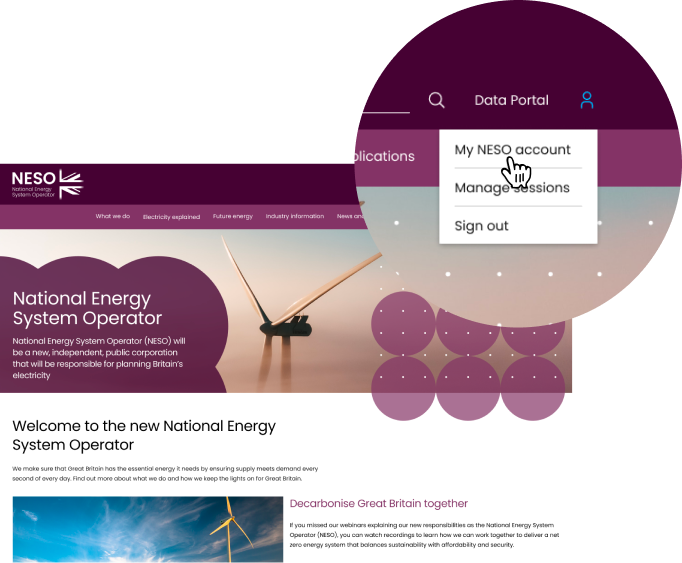Interconnectors analysis
Our interconnectors analysis identifies how much interconnection capacity would provide benefit to consumers and other interested parties. It highlights the potential benefits of efficient levels of interconnection capacity between GB and other markets.
Our interconnectors analysis process differs from the main NOA. Rather than assessing proposed projects it evaluates the benefit from hypothetical interconnections.
Find out more about interconnectors analysis in the Beyond 2030 report published in March 2024.
What interconnectors analysis can do
- Provide market and network assessment of the optimal mix of interconnection capacity.
- Evaluate the overall benefit to society, by considering the social economic welfare, as well as constraints costs and capital expenditure.
What interconnectors analysis can't do
- Assess the viability of current or future interconnector projects (the final insights are based on assessing a range of theoretical interconnector options).
- Provide project-specific information.
Interconnectors analysis outcome
The March 2024 analysis has identified a range of potential opportunities for additional interconnection to create both environmental and economic value for Great Britain and Europe. A total interconnection capacity of 29 GW between Great Britain and European markets by 2036 will provide the maximum benefit for Great Britain consumers. Currently, the total capacity for existing current and future electricity interconnectors with GB regulatory approval is 20.5 GW. Higher levels of intermittent, renewable generation in the FES leads to increased arbitrage opportunities between Great Britain and Europe, particularly in the three scenarios that achieve net zero greenhouse gas emissions by 2050.
| Consumer Transformation | Leading the way |
| 23 GW | 29 GW |
| Falling short | System Transformation |
| 16 GW | 19 GW |
